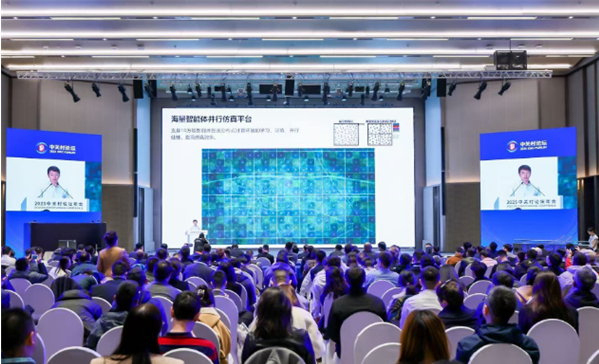Recently, the new generation of the artificial sun, the HL-2M Tokamak device, of CNNC has reached the parameter levels of a nuclear temperature of 117 million degrees Celsius and an electron temperature of 160 million degrees Celsius for the first time. The comprehensive parameters have also significantly improved, marking that China's nuclear fusion research has advanced to the stage of burning experiments.
Controlled nuclear fusion has outstanding advantages such as rich resources and environmental friendliness, and it is one of the important ways to ultimately solve the energy problem of mankind. The HL-2M Tokamak device is a large scientific installation for controlled nuclear fusion independently developed by China. As its energy generation principle is similar to that of the sun's light and heat generation, it is also known as the new generation of "artificial sun".
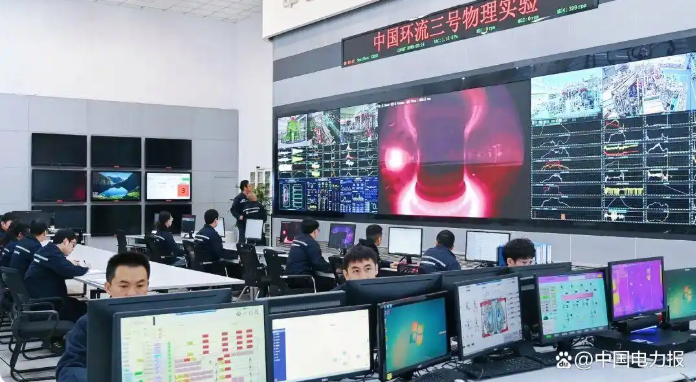
The Institute of Automation of CAS has successfully developed the world's first battery-powered wearable suprathreshold repetitive transcranial magnetic stimulation (rTMS) device. This device treats neurological and mental diseases such as depression and stroke through strong magnetic pulses. It can not only greatly improve the convenience of treatment but also provide a new means for brain science research. The relevant research results were published in the journal Nature Communications.
This device has reduced the overall weight of the machine from 55 kilograms to 3 kilograms and is powered by a battery, enabling wearable applications in all scenarios.
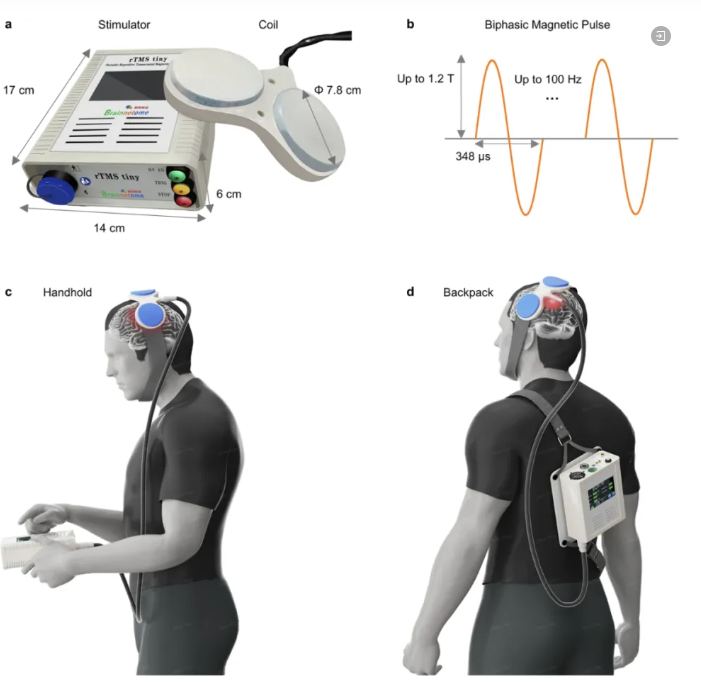
The High - Energy Photon Source (HEPS), a major national scientific and technological infrastructure, has officially announced the start of commissioning with light, marking that the construction of the HEPS device has entered the final-sprint stage. HEPS is the fourth - generation synchrotron radiation light source with the highest designed brightness in the world, and also the first high-energy synchrotron-radiation light source in China. As of January 2025, after several rounds of beam commissioning, the beam current intensity of the HEPS storage ring has reached more than 40 mA, and the emittance has been reduced to 93 pm - rad.
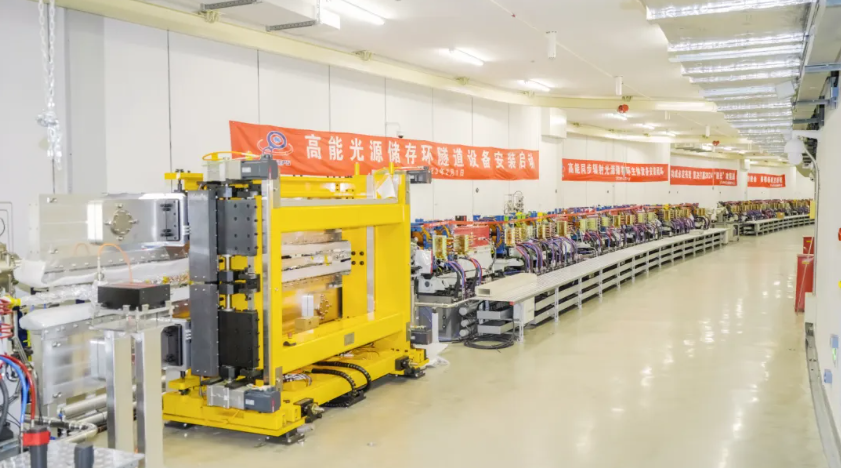
At the 2025 Zhongguancun Forum Annual Conference, the Loongson 3C6000/D 2U, a dual-channel server equipped with the new-generation domestic server CPU, made its debut. This server uses two Loongson 3C6000/D processors based on the self- eveloped instructions of Loongson, with a total of 64 physical cores and 128 logical cores. It is equipped with the Loongson 7A2000 discrete - graphics bridge chip, and the localization rate of core components reaches 100%. It can meet the computing needs of general-purpose computing, large-scale data centers, and cloud-computing centers.
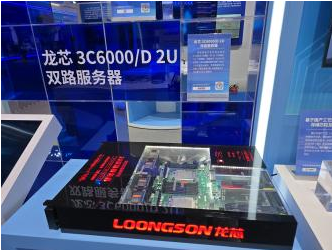
The first general-purpose AI powered large scale social simulator in China has been unveiled. Through the integration of multi-agent value -based modeling and digital-twin technology, this simulation-emulation platform can accurately reproduce the complex social-operation mechanism.
When researchers input different policy variables, the system can deduce the possible chain reactions of these decisions and even foresee the far-reaching impacts that seem unrelated on the surface but are actually closely connected.
The large scale social simulator comprehensively models six social elements: individuals, organizations, markets, governments, transportation, and public resources, and enables their interactive evolution.
